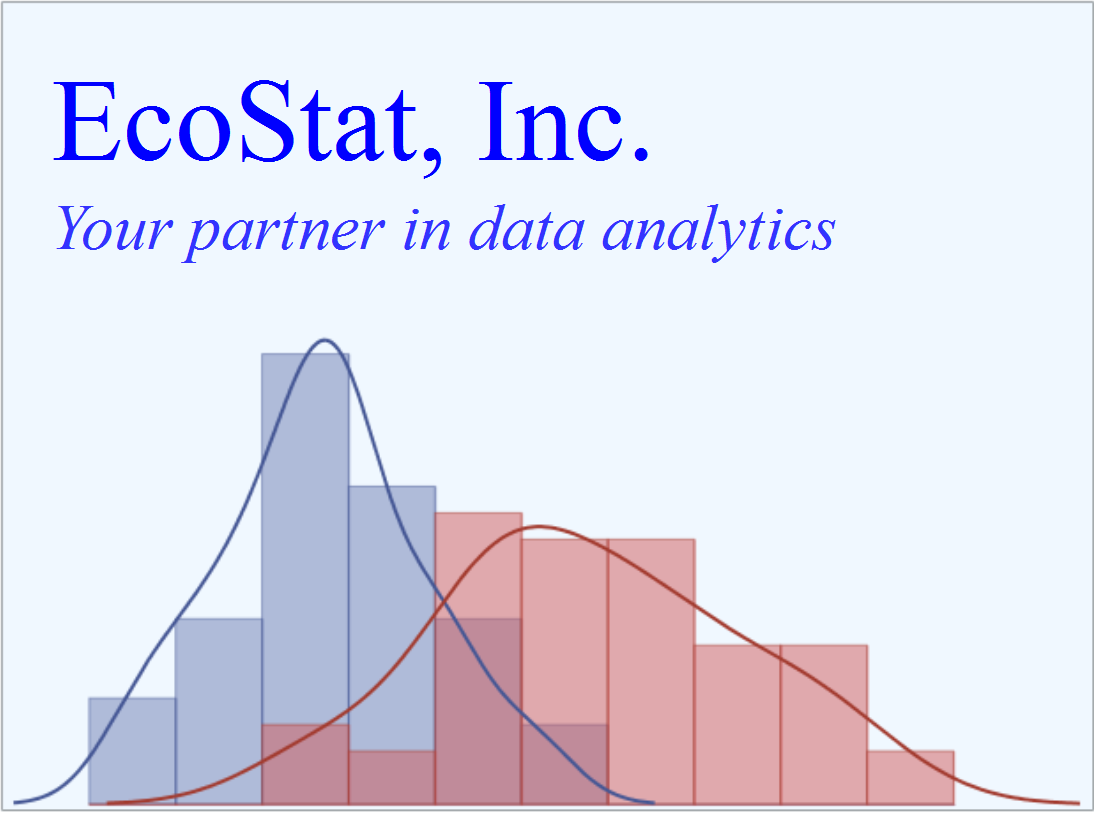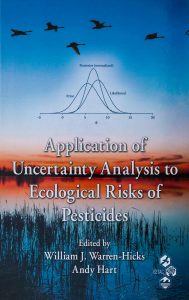EcoStat is supporting the ecological risk assessment associated with dioxin and furan concentrations in water and soil on the Tittabawassee River. EcoStat is the lead statistical consultant on the project. Bayesian hierarchical models are used to assess the ecological risk at river segments and to combine information over space and time.
Experience
Some Of the Projects and Publications EcoStat, Inc. has been a part of

Dow Chemical
National Institute of Health Sciences
EcoStat investigated the use of new methods for the analysis of rodent bioassay data. He evaluated the change in statistical results (tests against the control) using a variety of statistical models, as well as parametric and non-parametric analysis. Approaches tested include generalized linear models, mixed models, and Bayesian approaches. EcoStat also tested, and implemented a new method for missing data imputation in longitudinal epidemiological studies. Based on cross validation studies of the methods ability to accurately impute missing data, the method was shown to be superior to multiple imputation and other methods. The new method utilizes the concept of study strata, and is based on weighted cluster sampling of observed records, with the weights proportional the percent of time a particular value occurs in the observed data set.


3M
EcoStat was responsible for the global ecological risk assessment of perfluorooctane sulfonic acid (PFOS). EcoStat staff assessed the risk imposed to a wide variety of species from exposure to PFOS found in freshwater and marine environments, including fish, invertebrates, piscivorus (i.e., fish-eating) mammals, and aquatic plants. The ecological risk assessment of PFOS was designed to address such questions as:
(1) What is the global environmental distribution of PFOS?
(2) Does PFOS bioaccumulate or bio-magnify in the food chain?
(3) What is the concentration of PFOS in exposed organisms?
(4) What are the toxic effects of PFOS?
(5) What are the toxic effects levels of PFOS?
(6) What is the potential risk of PFOS to exposed species?
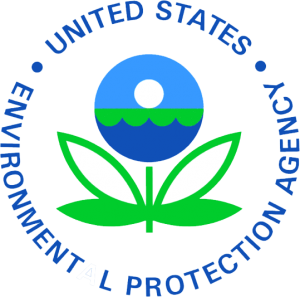
EPA Air Office
EcoStat has supported the EPA air office for over 20 years, including the Clean Air Markets Division and the Office of Air Quality Planning and Standards Division. EcoStat has evaluated the effects of toxic pollutants on human and ecological endpoints, used statistical techniques to establish Part 75 emissions requirements for coal fired power plants, implemented field trials for continuous emissions monitors, and help establish regulatory requirements for natural gas fired units.
California Wind Energy Association
EcoStat conceived and won a research grant from the California Energy Commission (CEC), to direct a project designed to improve estimates of bird and bat collision risk associated with wind energy facilities. The project consists of both a field data collection component and the testing and development of avian and bat mortality estimation equations and models.


NextEra Energy
EcoStat, under contract to NextEra Energy, provided statistical consulting on issues associated with the precision and accuracy of avian mortality estimates at the Altamont Wind Resources Area. Dr. Warren-Hicks compiled a data base containing multi-year survey information, including information required for mortality estimation. Dr. Warren-Hicks provided comments to the Altamont Scientific Review Committee on issues including the proper interpretation of estimation equations, survey design, estimation of mortality error, estimation of sampling error, statistical procedures for dealing with zero dominated data sets, estimation of the interaction between scavenging error and observer bias, and estimation of time-dependent processes.
Syngenta
EcoStat conducted an ecological risk assessment on the rodenticide brodifacoum. Bayesian statistical models were used to pool laboratory toxicity test information with field exposure data resulting in probabilistic risk estimates.

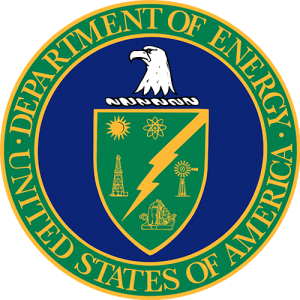
Department of Energy
EcoStat developed and evaluated methods for assessing ecological risks and prioritizing remediation efforts at DOE facilities. The Oak Ridge National Laboratory (ORNL) was selected for a case study. Extensive data sets from ORNL were obtained, including spatial and temporal measures of mercury and PCBs as well as biological indicators of individual, community, and population response. OE
Bayer Crop Science
EcoStat evaluated experimental designs for pollinator field trials. Analyses included testing the efficiency of specific experimental designs, use of variance estimates that capture natural background variability, and the use of before-after control-impact (BACI) field designs.

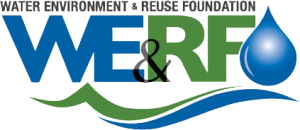
Water Environment Research Foundation
EcoStat won a series of research grants from WERF, including ecological risk assessment methods and software (WERF), assessments of whole effluent toxicity test variability (WERF), and assessment of EPA nutrient criteria.
Society of Environmental Toxicology and Chemistry
Dr. Warren-Hicks of EcoStat was an invited speaker and associated lead chapter author of six SETAC Pellston Conferences including Sediment Risk Assessment, Multiple Stressors (steering committee member), Probabilistic Risk Assessment of Pesticides, Whole Effluent Toxicity Testing, Uncertainty Analysis In Ecological Risk Assessment (chair, lead editor, lead conference organizer, and creator), and Pesticide Risk Assessment for Pollinators.


US Fish & Wildlife Service
EcoStat has worked extensively with the US Fish and Wildlife Service, including such projects as
(1) Fish and Wildlife Service Science Advisory Board: Evaluation of PCB toxicity on the Hudson River, NY: Evaluation of Laboratory Toxicity Tests;
(2) Fish and Wildlife Service Science Advisory Board: Evaluation of PCB toxicity on the Hudson River, NY: Evaluation of PCB Effects on Mink;
(3) Fish and Wildlife Service, State of Michigan, EPA- Science Advisory Board: Evaluation of PCB toxicity to avian species on the Hudson River, NY.;
(4) Peer Review of Marbled Murrelet – Wind Turbine Collision Model for the Radar Ridge Wind Resource Area.
